Learn about Lake Superior and the 350+ shipwrecks it caused
Lake Superior, the largest of the Great Lakes, is a subject of fascination for many. Known for its crystal-clear waters and mysterious aura, it has inspired countless legends and stories throughout history.
Visitors are often captivated by its vastness and the sheer beauty of its rugged shores. Whether it’s the legends of the haunted waters or the awe-inspiring natural beauty, Lake Superior never fails to leave an indelible impression on those who encounter it.
The Grandeur of Lake Superior: Size and Scope
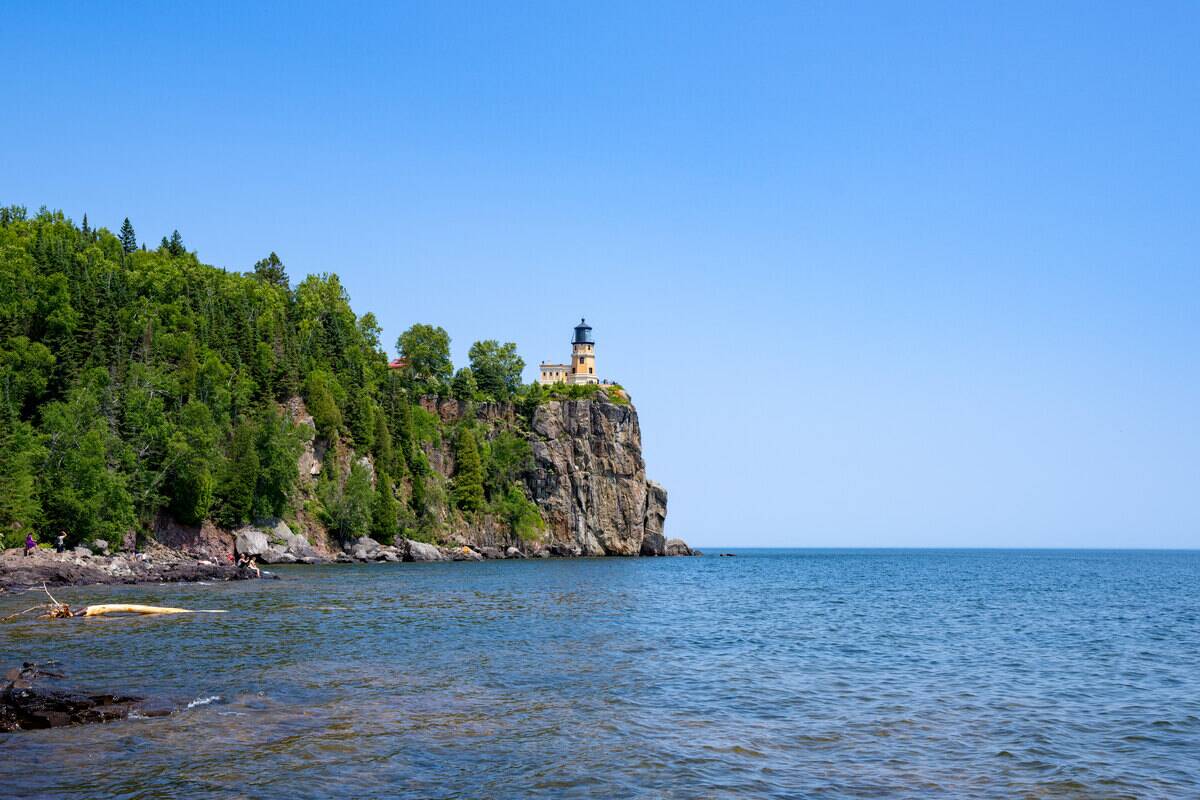
Spanning an impressive 31,700 square miles, Lake Superior holds the title of the largest freshwater lake by surface area in the world. Its vast expanse contains more water than all the other Great Lakes combined, which is enough to cover both North and South America with a foot of water!
The lake’s shoreline stretches over 2,700 miles, providing a habitat for diverse flora and fauna. Its immense size and depth make it a vital component of the Great Lakes ecosystem.
A Peek into the History of Lake Superior
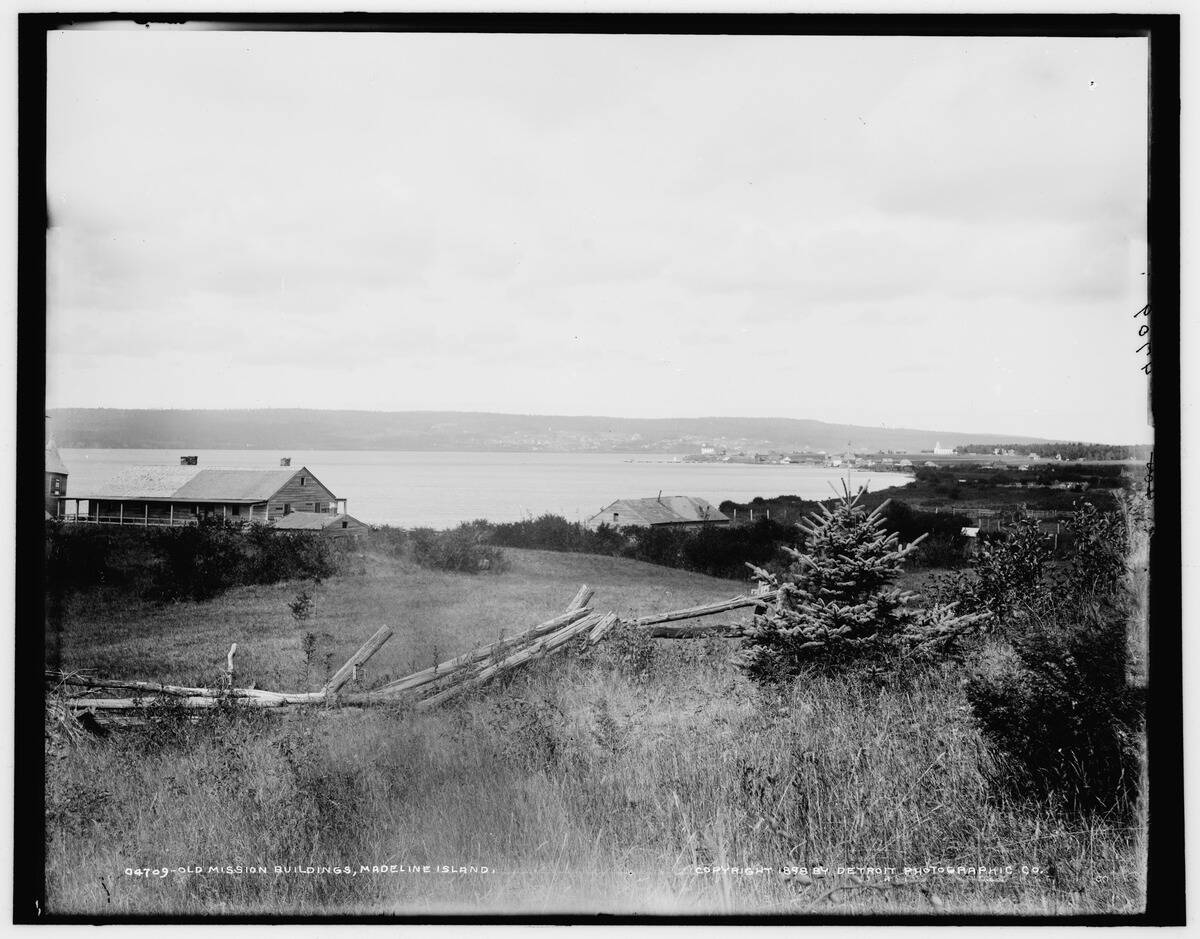
The history of Lake Superior is as deep and rich as its waters. It has been a crucial part of the lives of Indigenous peoples for centuries. The lake became a focal point for European explorers in the 17th century, who were drawn to its abundant resources.
Over the centuries, Lake Superior has seen the rise and fall of industries, from fur trading to shipping, shaping the region’s cultural and economic landscape. Its banks have been witness to countless historical events and transformations.
The Birth of a Great Lake: Geological Origins
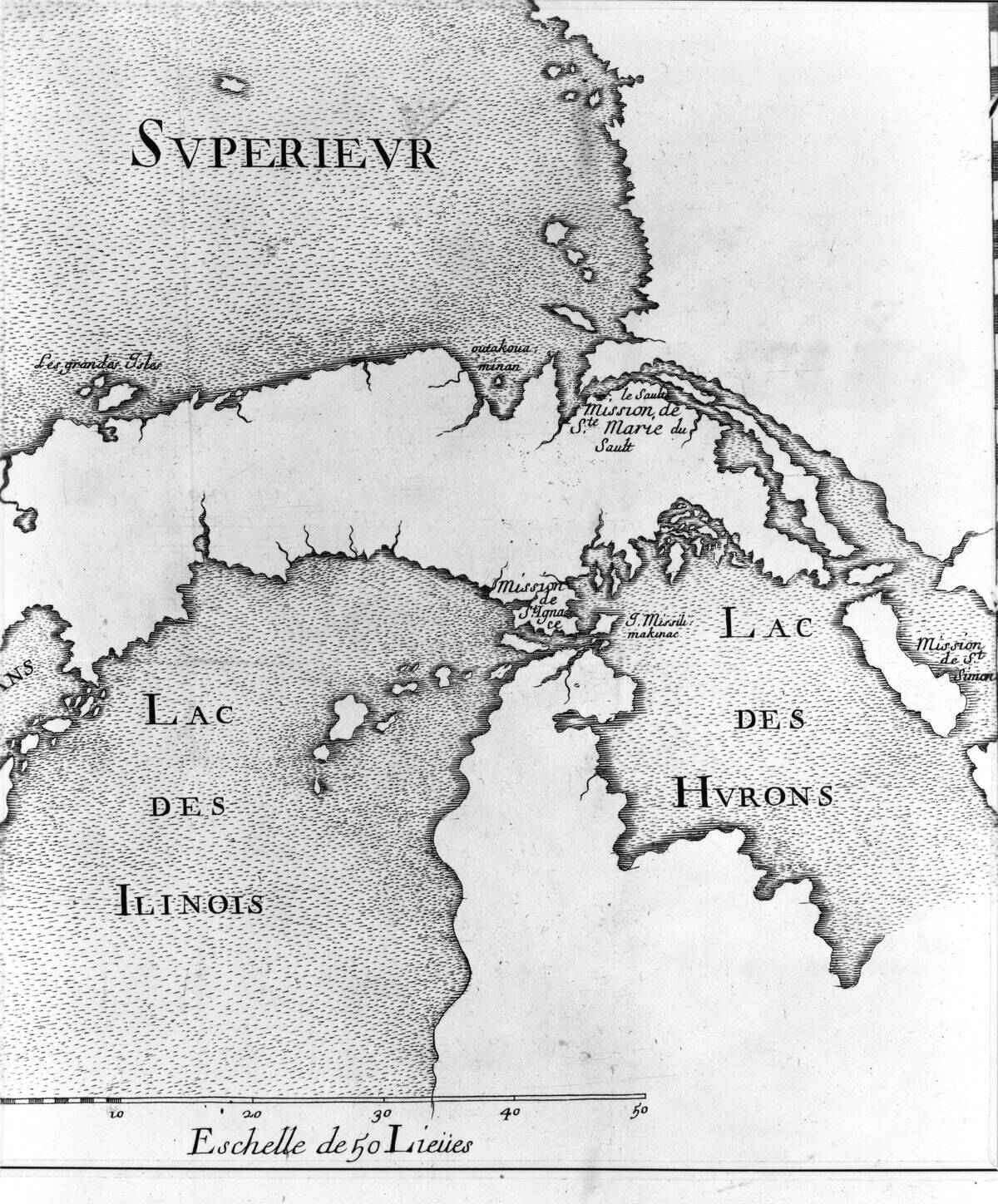
Around 1.2 billion years ago, volcanic activity led to the formation of the Midcontinent Rift, setting the stage for Lake Superior’s creation. Over millennia, glacial activity carved out the basin that the lake now fills.
As the glaciers receded, they left behind a lake that would become one of the world’s most significant freshwater resources. The geological processes that formed Lake Superior continue to intrigue scientists and geologists, offering insights into Earth’s dynamic history.
Native American Legends Surrounding Lake Superior

For the Ojibwe and other Indigenous tribes, Lake Superior is more than just a body of water—it’s a sacred entity. Legends speak of spirits inhabiting the lake, and stories of the Mishipeshu (pictured in this depiction), a water panther believed to dwell in its depths, have been passed down through generations.
These tales reflect the deep spiritual connection the Native peoples have with the lake. The legends not only enrich the cultural tapestry of the region but also offer a glimpse into the Indigenous worldview.
Early European Explorers and Their Tales of Lake Superior

The first European to set eyes on Lake Superior was likely Étienne Brûlé in the early 1620s. His reports of the lake’s vastness and potential wealth in resources piqued the interest of other explorers.
The Jesuit priest Claude Allouez followed in 1665, documenting his awe at the lake’s size and the vibrant Indigenous communities along its shores. These early accounts laid the groundwork for further exploration and eventual European settlement in the region, forever altering its history.
The Enigma of Lake Superior’s Weather
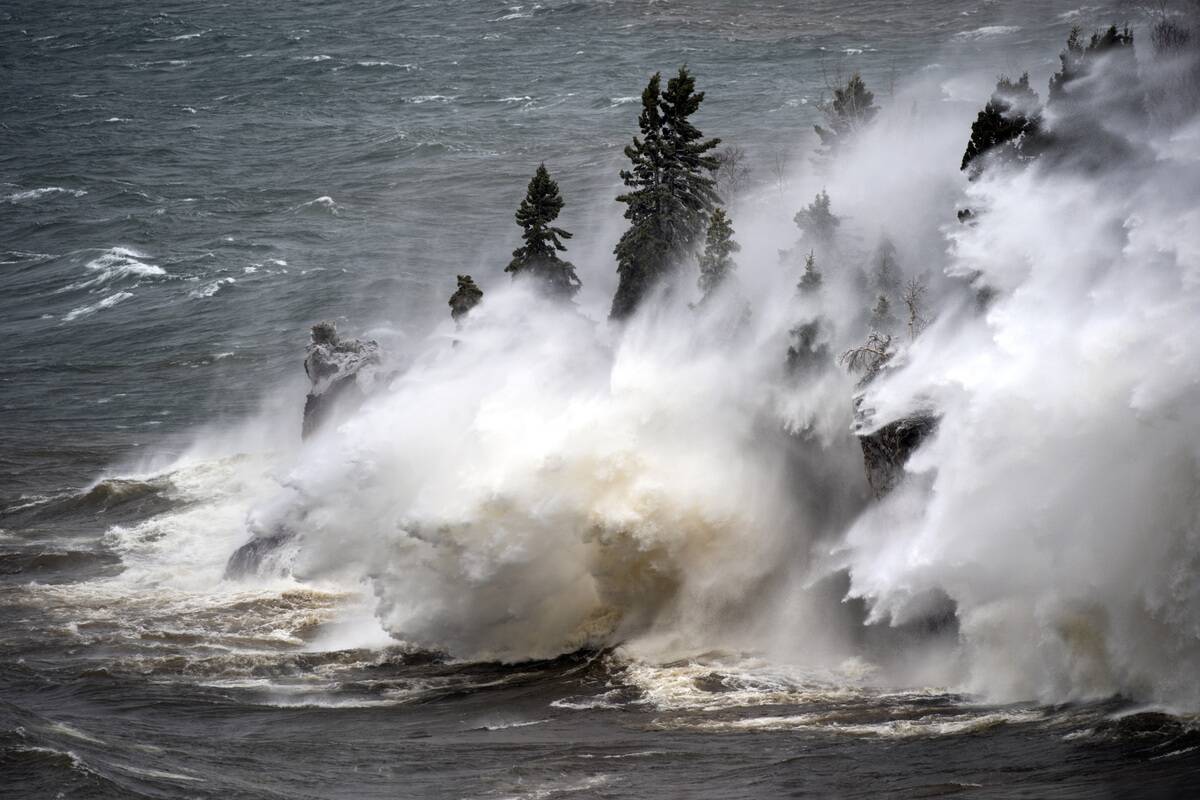
Lake Superior’s weather is as unpredictable as it is fascinating. Known for its sudden and violent storms, the lake can transform from serene to tempestuous in a matter of hours.
The lake’s significant size allows for the formation of powerful winds and waves, earning it the nickname “the Graveyard of the Great Lakes.” Sailors and meteorologists alike have been challenged by its volatile conditions, making navigation a thrilling yet perilous endeavor.
The Role of Lake Superior in the Fur Trade

Lake Superior was a vital artery for the fur trade during the 17th and 18th centuries. The lake provided a route for transporting furs from the interior to the trading posts on the east coast.
The French voyageurs were among the first to navigate its waters, establishing trading relationships with Indigenous peoples. The fur trade not only fueled economic growth but also led to cultural exchanges that have left a lasting impact on the region’s history and heritage.
Rise of the Shipping Industry on Lake Superior
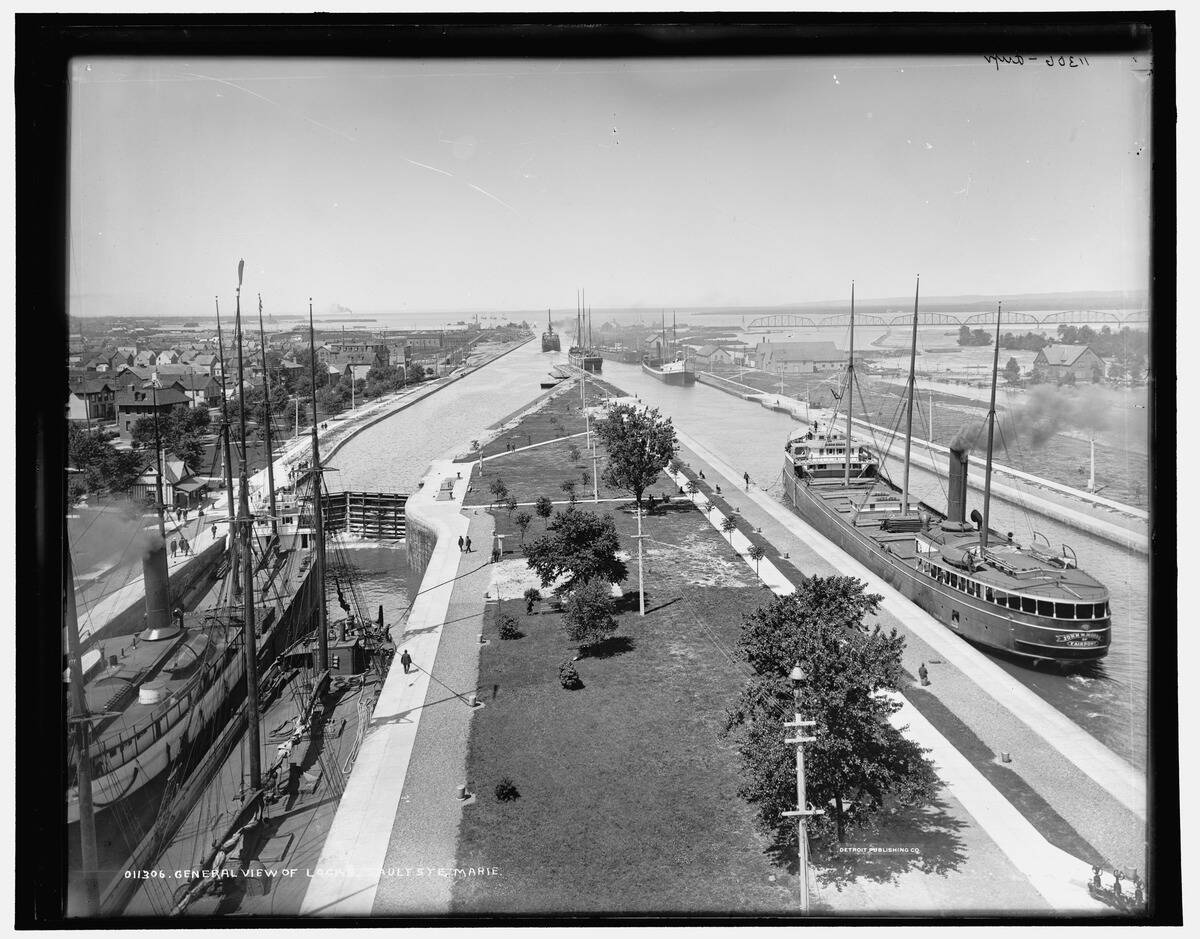
The 19th century saw the rise of the shipping industry on Lake Superior, driven by the demand for iron ore, timber, and other natural resources. The construction of the Soo Locks in 1855 enabled ships to bypass the rapids of the St. Marys River, opening new trade routes.
This development transformed the lake into a bustling hub of commercial activity. The shipping industry continues to be a vital part of the region’s economy, adapting to modern challenges and technologies.
Navigational Challenges: Fog, Storms, and Rocky Shores
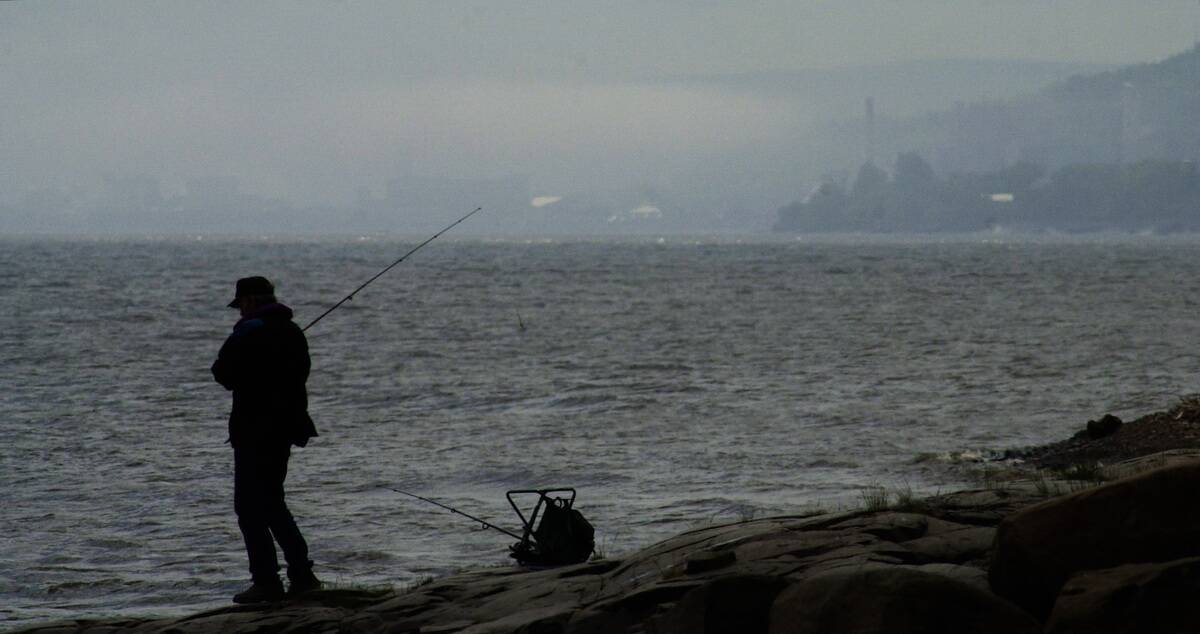
Navigating Lake Superior is no easy feat, thanks to its frequent fog, sudden storms, and treacherous rocky shores. These conditions have posed significant challenges to mariners throughout history.
The lake’s unpredictable weather patterns require experienced navigators and advanced technology to ensure safe passage. Despite modern advancements, the lake’s formidable nature remains a testament to the power and unpredictability of Mother Nature.
Notorious Storms that Shaped Lake Superior’s Legacy
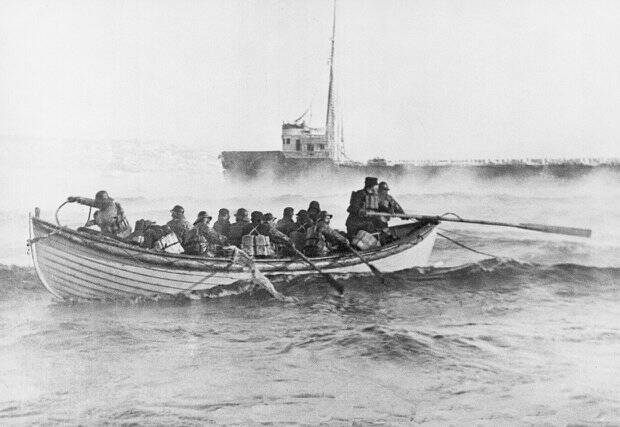
Lake Superior has been the site of many notorious storms, each adding to its fearsome reputation. The storm of 1905, known as the Mataafa Storm, claimed 29 lives and sank or damaged 29 vessels.
These storms have not only shaped the history of the lake but also spurred improvements in weather forecasting and shipbuilding. The legacy of these tempests serves as a reminder of the lake’s raw power and the resilience of those who navigate its waters.
The Infamous Gales of November
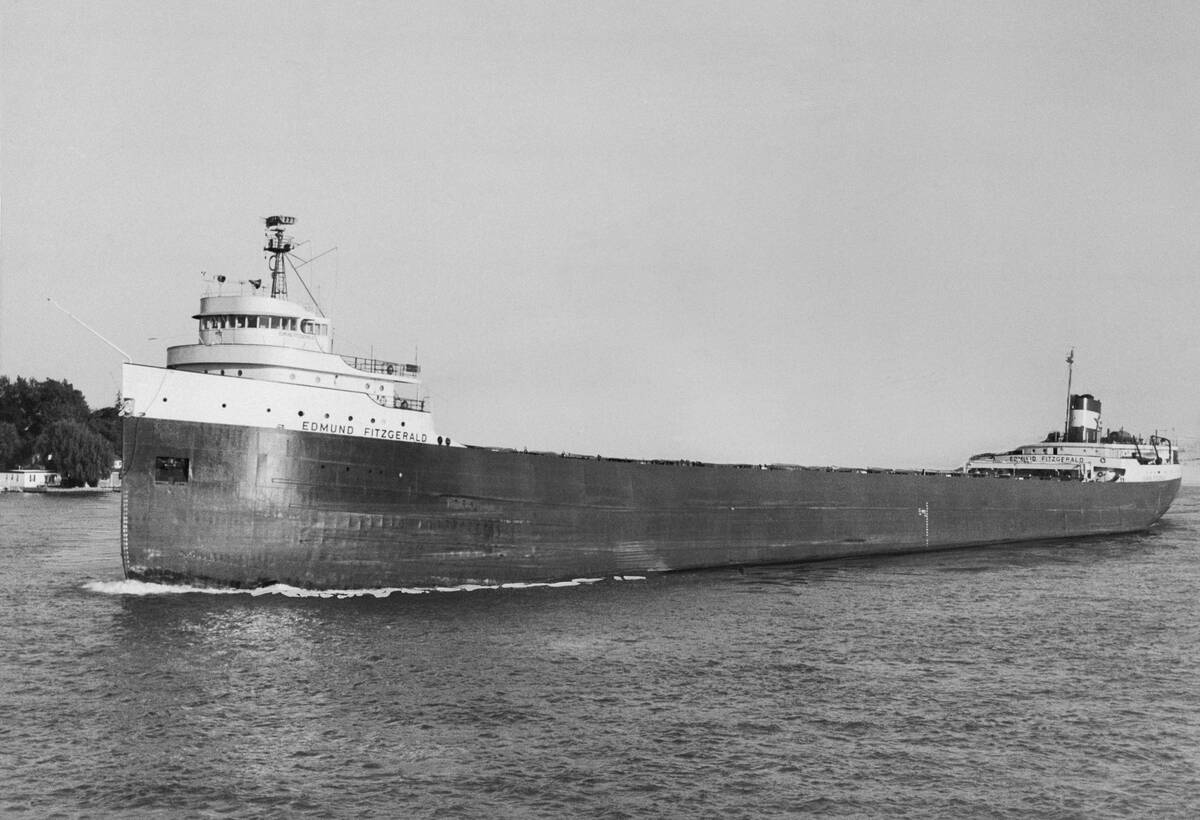
The “Gales of November” are infamous for their ferocity on Lake Superior. These late-autumn storms are notorious for their high winds and towering waves. The most famous of these is the storm that sank the SS Edmund Fitzgerald in 1975, capturing imaginations through Gordon Lightfoot’s haunting ballad.
These gales have become an integral part of the lake’s lore, symbolizing the perilous beauty of the Great Lakes and the bravery of those who sail them.
Exploring the Shipwrecks: A Historical Overview
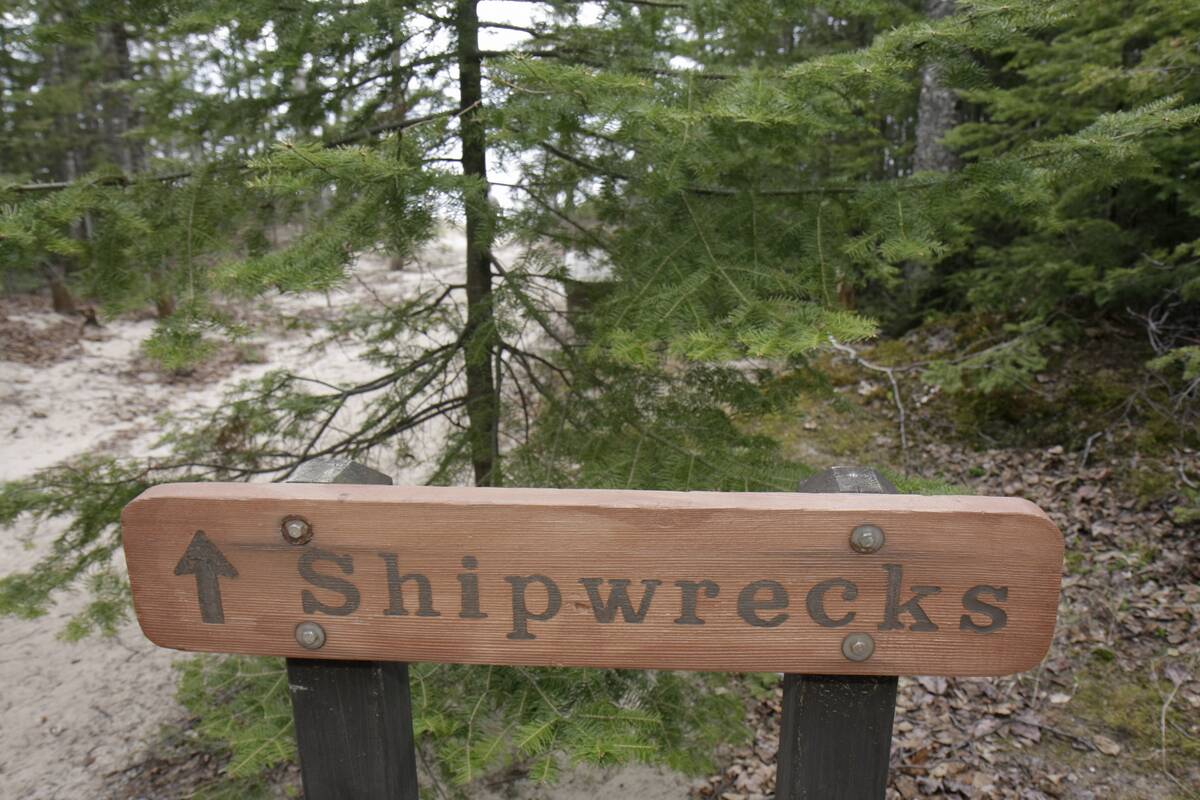
Beneath Lake Superior’s surface lies a hidden world of shipwrecks, each with its own story. Over 350 shipwrecks rest at the bottom of the lake, preserved by its cold, freshwater environment.
These sunken vessels offer a unique glimpse into maritime history, from early wooden schooners to massive steel freighters. Each wreck is a time capsule, telling tales of tragedy, heroism, and the relentless pursuit of progress on this great inland sea.
Iconic Shipwrecks: The Edmund Fitzgerald
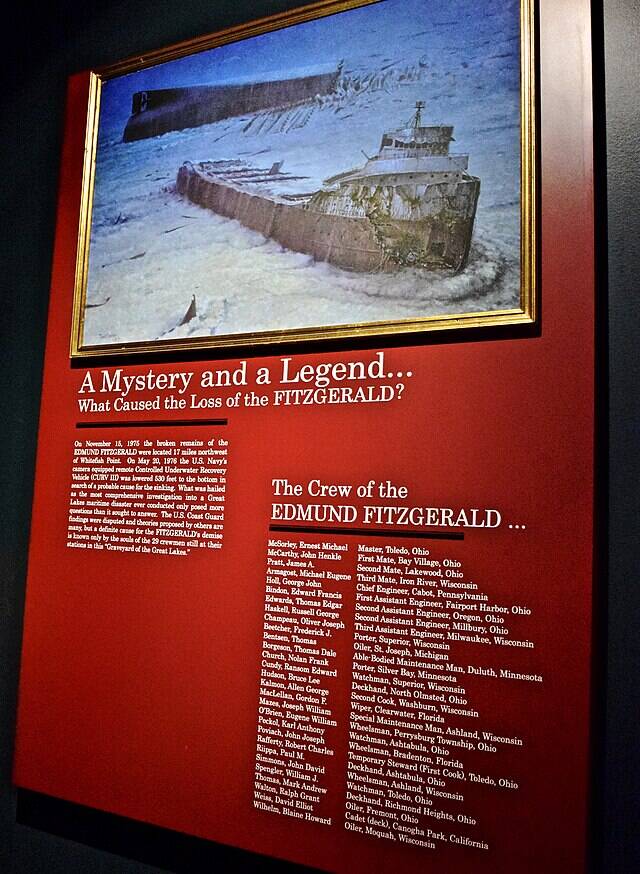
The Edmund Fitzgerald remains one of Lake Superior’s most iconic shipwrecks. On November 10, 1975, the freighter sank during a severe storm, taking all 29 crew members with it.
The tragedy captured public attention, partly due to the ship’s enormous size and modern construction. The exact cause of the sinking remains a mystery, fueling speculation and intrigue. The wreck continues to fascinate researchers and the public, symbolizing the lake’s unpredictable and unforgiving nature.
The Mystery of the Bannockburn: The Flying Dutchman of Lake Superior
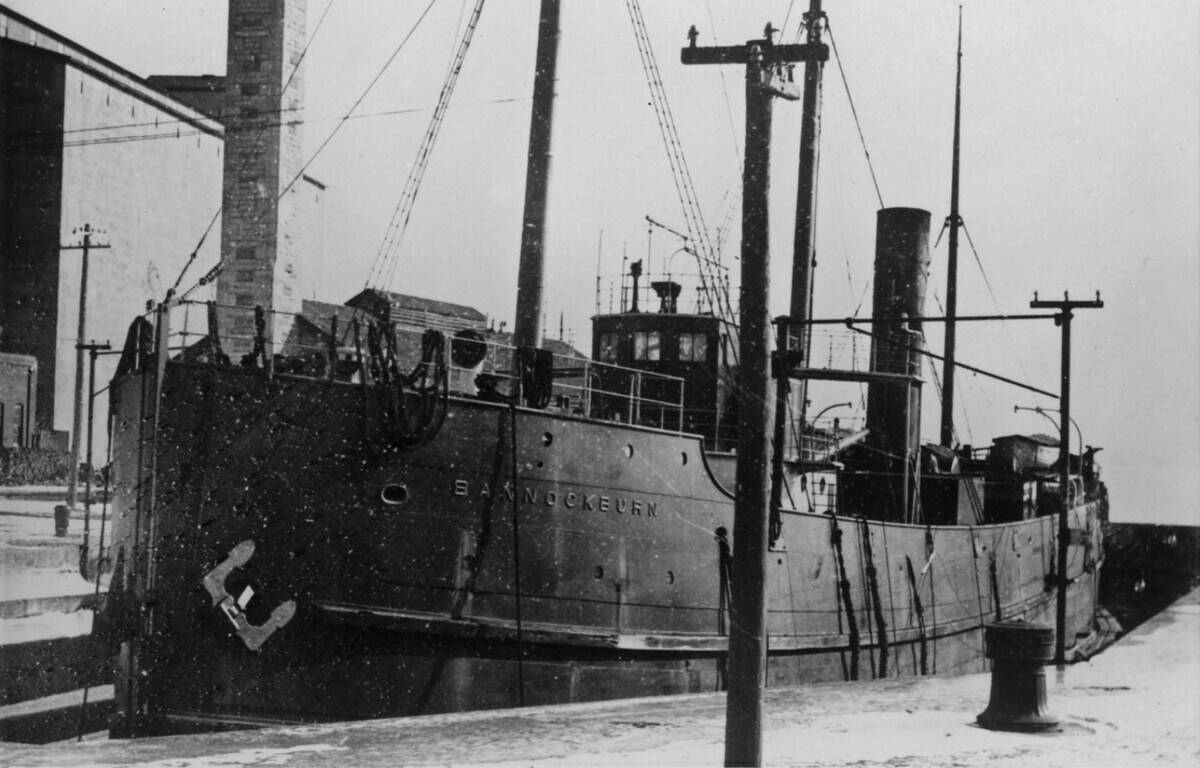
The SS Bannockburn, often dubbed the “Flying Dutchman of the Great Lakes,” disappeared without a trace in 1902. Sightings of a ghostly ship matching the Bannockburn’s description have been reported over the years, adding to its legendary status.
The vessel’s mysterious vanishing and subsequent lore have captivated imaginations, drawing parallels to other maritime mysteries. To this day, the Bannockburn’s fate remains one of Lake Superior’s enduring enigmas.
Shipwrecks and Maritime Archaeology in Lake Superior
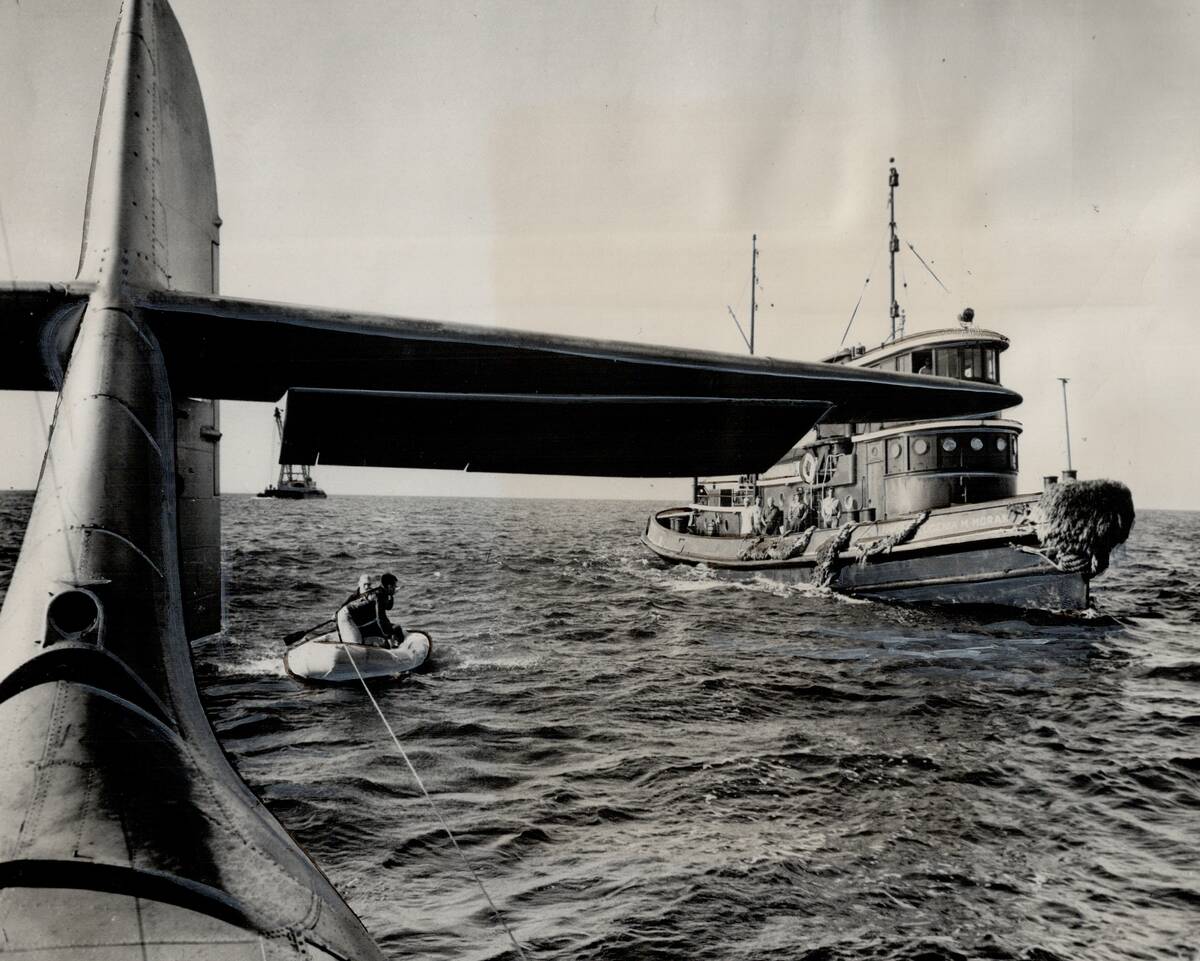
Maritime archaeology in Lake Superior has uncovered a treasure trove of shipwrecks, offering insights into centuries of naval history. The lake’s cold temperatures and low oxygen levels help preserve these wrecks, allowing archaeologists to study them in remarkable detail.
Each discovery adds to our understanding of historical shipbuilding techniques and the challenges faced by mariners. These underwater explorations continue to reveal the lake’s hidden past, providing a fascinating glimpse into the world beneath the waves.
The Role of Technology in Discovering Shipwrecks
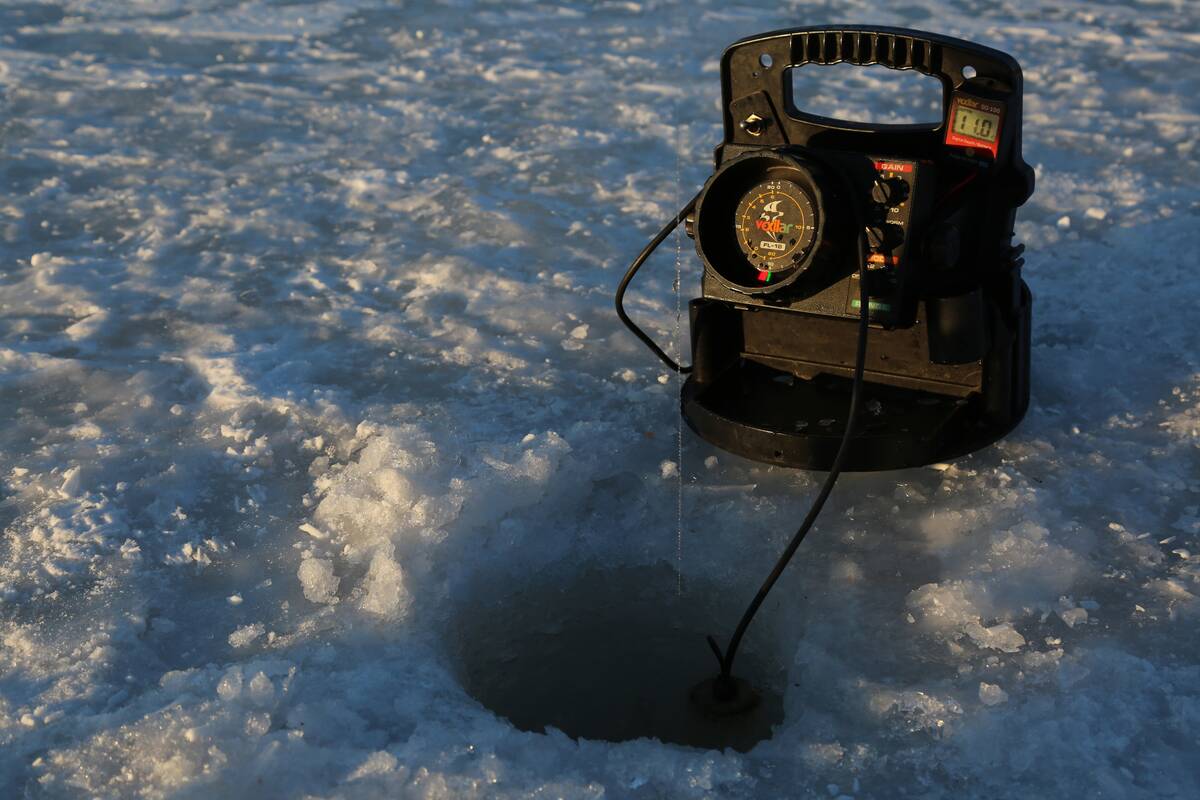
Advancements in technology have revolutionized the discovery and exploration of shipwrecks in Lake Superior. Sonar mapping, remote-operated vehicles, and underwater drones have allowed researchers to uncover previously hidden wrecks with precision.
These tools enable detailed surveys of the lakebed, revealing the location and condition of sunken vessels. Technology has opened new avenues for maritime archaeology, transforming our understanding of Lake Superior’s submerged heritage and the stories it holds.
Diving into the Depths: Exploring Shipwreck Sites
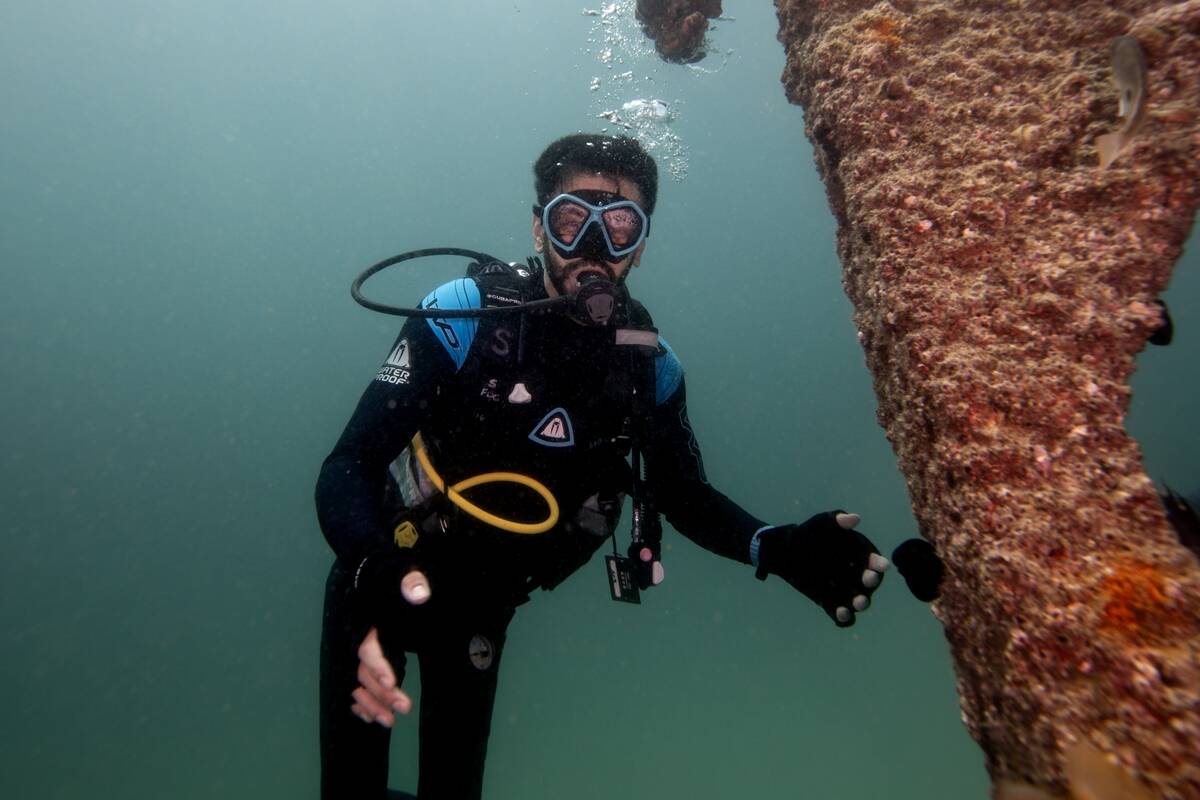
For adventurous divers, Lake Superior’s shipwreck sites offer a unique opportunity to explore history firsthand. The clear, cold waters provide excellent visibility, allowing divers to see these underwater relics in stunning detail.
Each dive is a journey back in time, where divers can witness the preserved remains of ships and the artifacts they carried. These explorations not only satisfy the curiosity of thrill-seekers but also contribute to the preservation and documentation of maritime history.
The Great Lakes Shipwreck Museum: A Treasure Trove
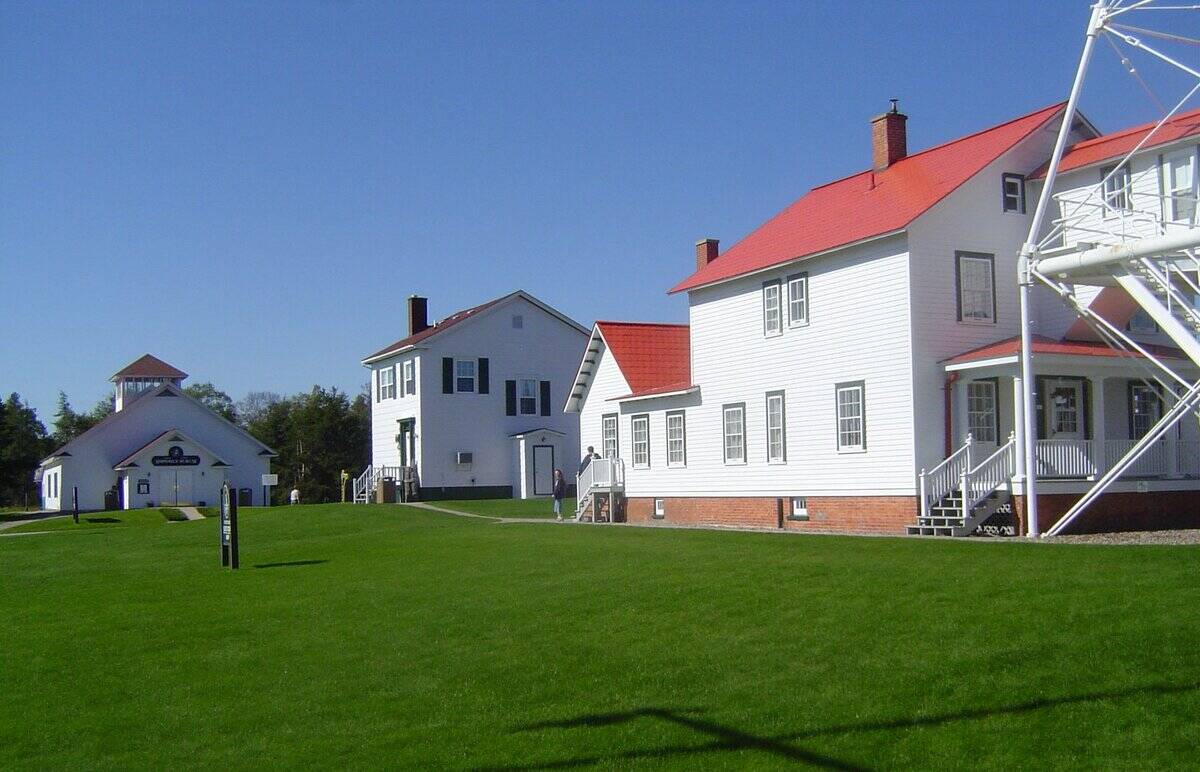
The Great Lakes Shipwreck Museum, located at Whitefish Point, is a must-visit for anyone interested in Lake Superior’s maritime history. The museum houses a collection of artifacts recovered from shipwrecks, including the bell from the Edmund Fitzgerald.
Exhibits provide detailed accounts of the lake’s most famous wrecks and the stories of those who perished. The museum serves as a tribute to the sailors who braved the lake’s waters and a reminder of the enduring allure of these maritime mysteries.
Protecting the Underwater Heritage of Lake Superior
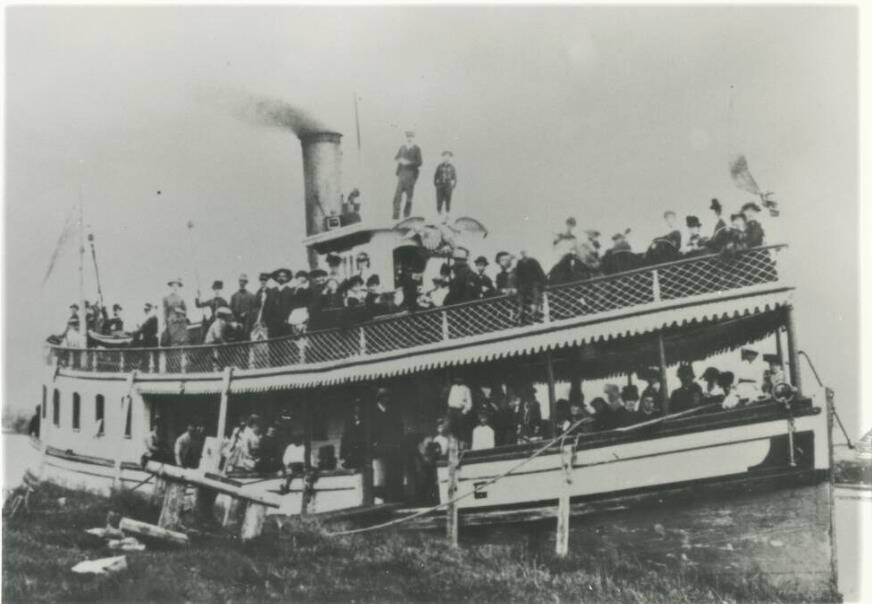
Efforts to protect Lake Superior’s underwater heritage are crucial to preserving its historical and cultural significance. Laws and regulations have been implemented to safeguard shipwrecks from looting and damage.
Organizations like the Great Lakes Shipwreck Preservation Society work tirelessly to ensure these sites remain undisturbed for future generations. By respecting these submerged relics, we honor the lake’s maritime legacy and ensure that its stories continue to be told.
Legends and Myths of Lake Superior’s Shipwrecks
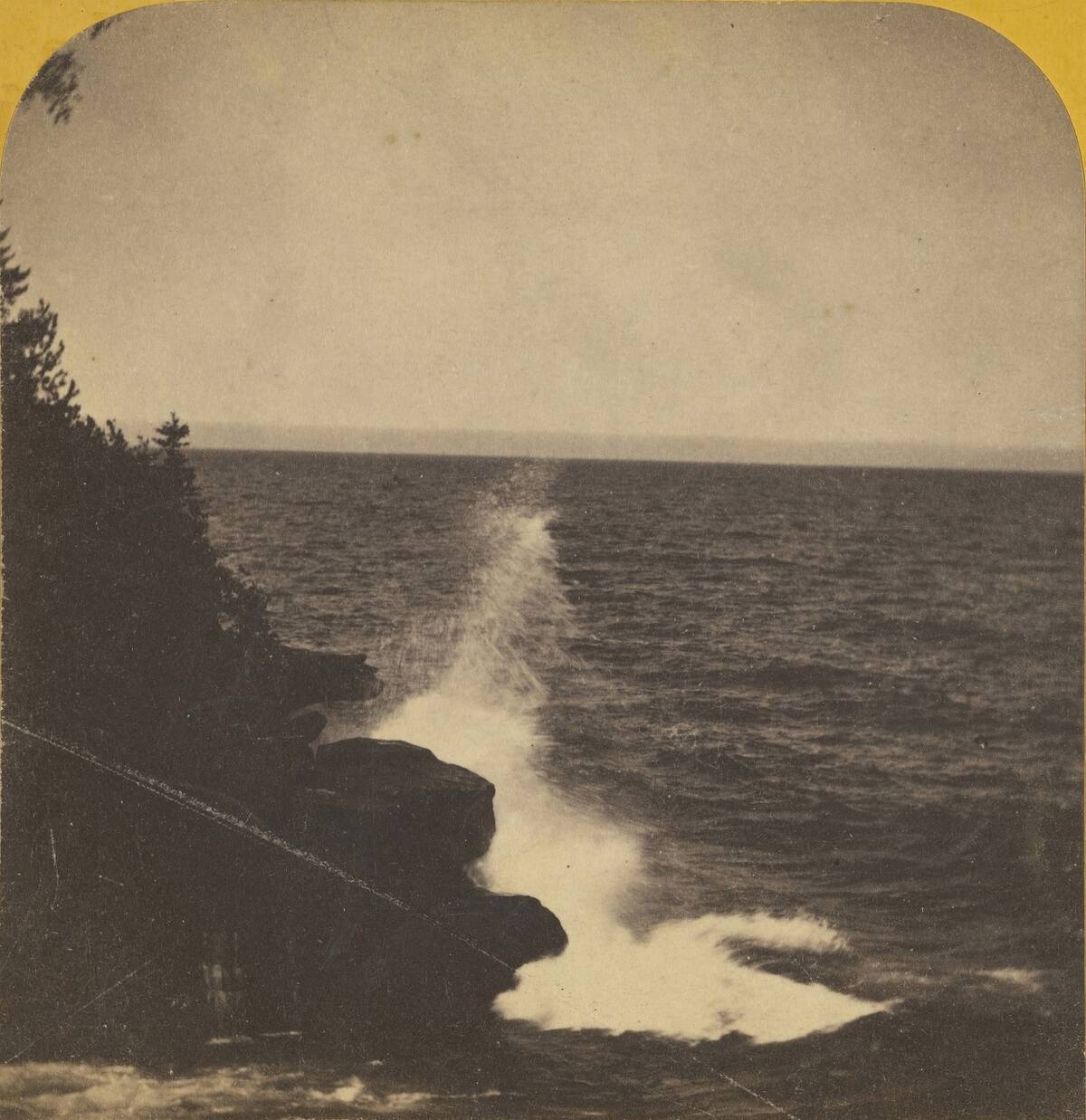
Lake Superior’s shipwrecks have inspired a wealth of legends and myths, capturing the imaginations of storytellers and adventurers alike. Tales of ghost ships (particularly the SS Bannockburn) and haunted vessels have become part of the lake’s folklore, adding an element of mystique to its waters.
These stories, though often embellished, reflect the deep respect and fear the lake commands. Through these legends, the spirits of the past continue to resonate, keeping the lake’s enigmatic charm alive.
Ghost Stories and Hauntings from the Depths
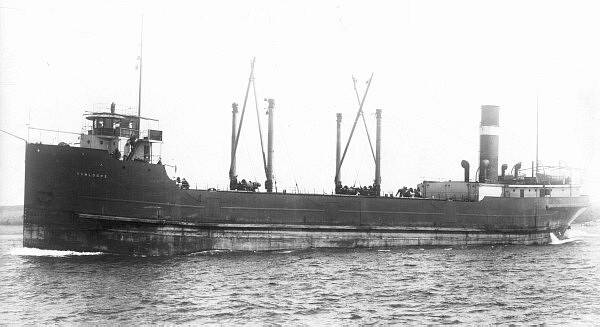
Lake Superior is rife with ghost stories, many involving the spirits of sailors lost to its depths. The haunting tales of the ghostly crew of the Bannockburn or the eerie sightings of the SS Kamloops add a supernatural layer to the lake’s history.
These stories captivate the imagination, blurring the lines between myth and reality. Whether one believes in the paranormal or not, such tales add to the allure and mystique that surrounds Lake Superior.
Ecological Wonders of Lake Superior
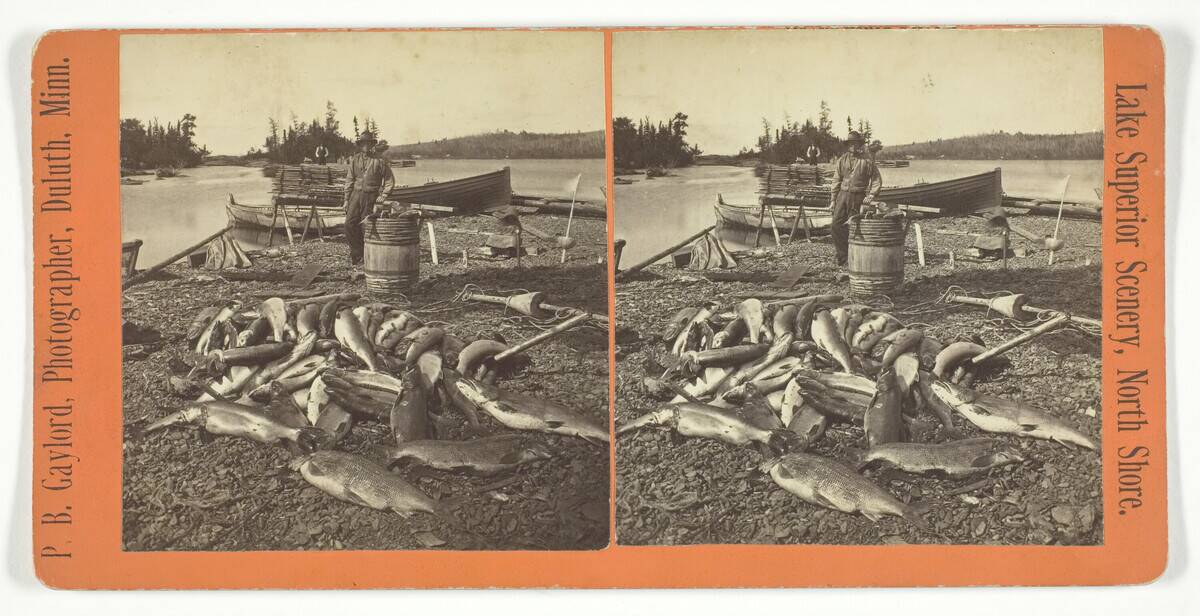
Lake Superior is not only a historical treasure but also an ecological wonder. Its diverse ecosystem supports a wide range of plant and animal species, many of which are unique to the region.
The lake’s cold, clean waters provide a habitat for fish like lake trout and whitefish, essential to both the local economy and the Indigenous cultures. Conservation efforts focus on preserving this delicate balance, ensuring that Lake Superior remains a thriving natural sanctuary for future generations.
The Role of Lake Superior in Modern Shipping
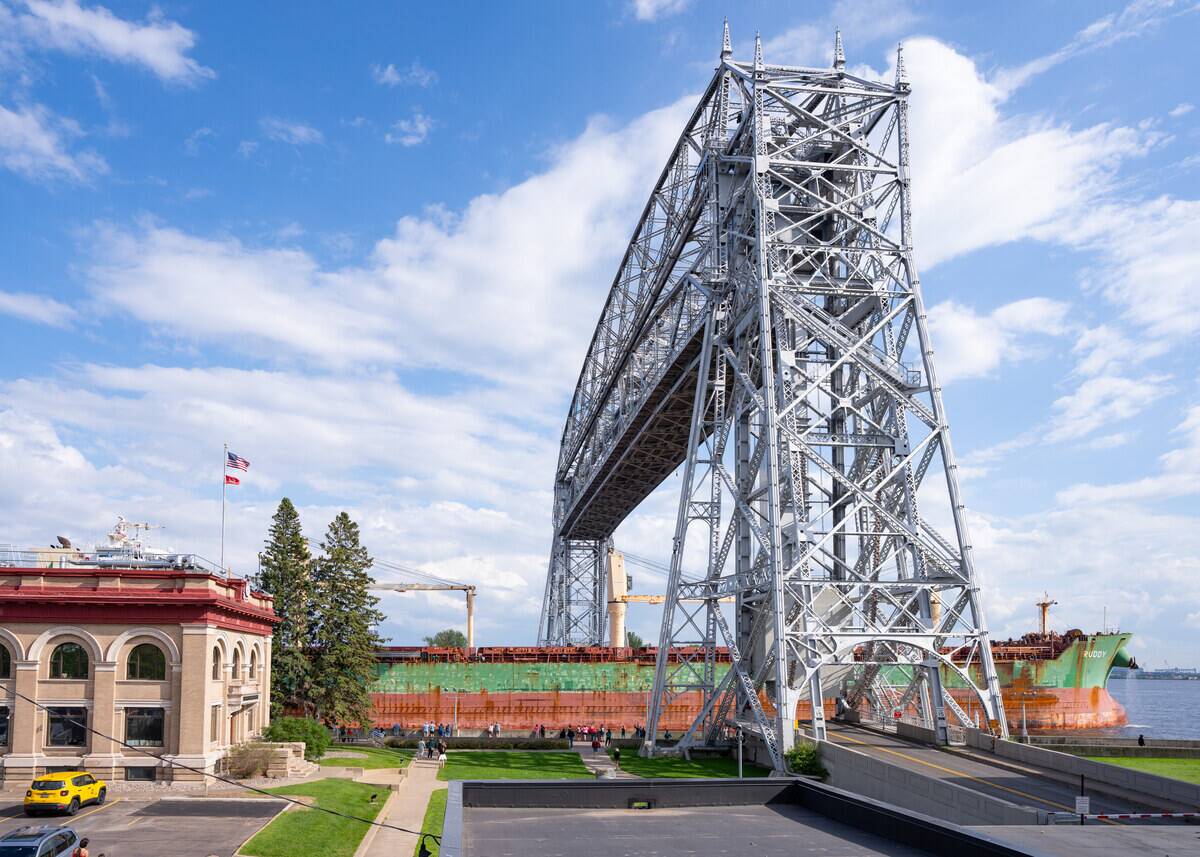
Today, Lake Superior remains a vital component of the modern shipping industry. It serves as a crucial link in the transportation network that connects the interior of North America with international markets.
The lake’s ports handle millions of tons of cargo annually, from iron ore and coal to grain and manufactured goods. Infrastructure improvements and technological advancements continue to enhance the efficiency and safety of shipping operations, reinforcing Lake Superior’s role in global trade.
Adventure Awaits: Shipwreck Diving Tours
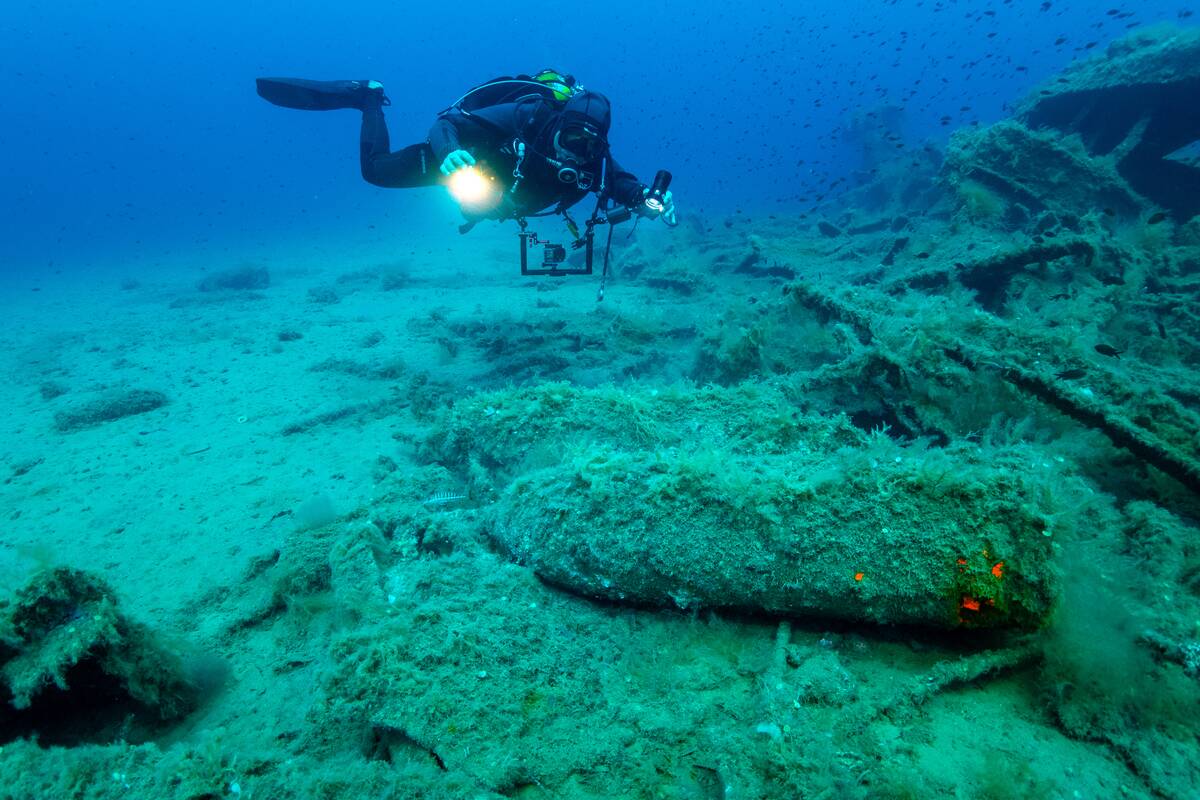
For adventure seekers, shipwreck diving tours on Lake Superior offer an unforgettable experience. These guided tours provide an opportunity to explore the lake’s underwater history up close.
Divers can witness the eerie beauty of sunken vessels and the marine life that now calls them home. Whether you’re a seasoned diver or a curious novice, these tours promise a thrilling journey into the depths of one of the world’s most iconic lakes, blending history with adventure.



